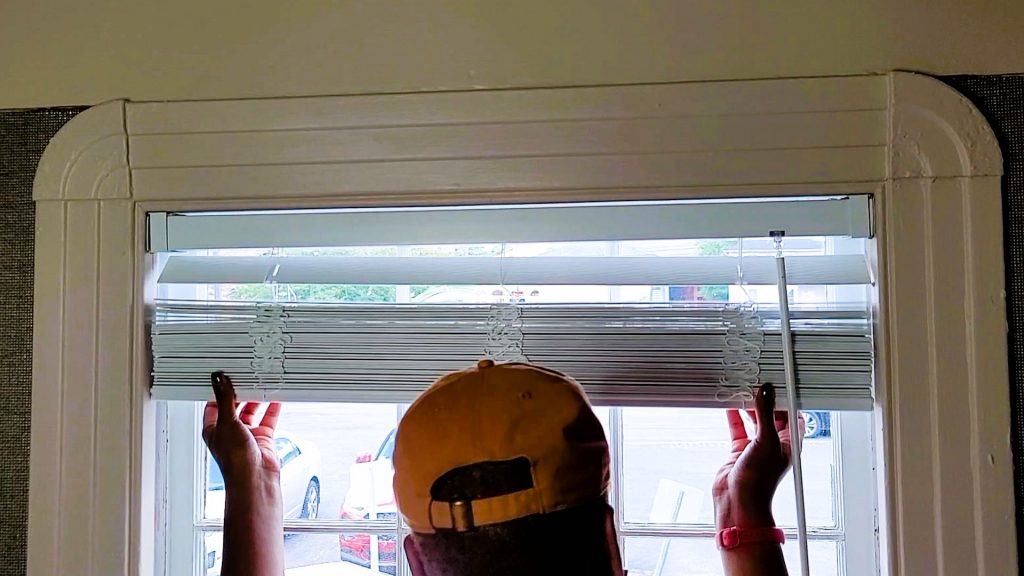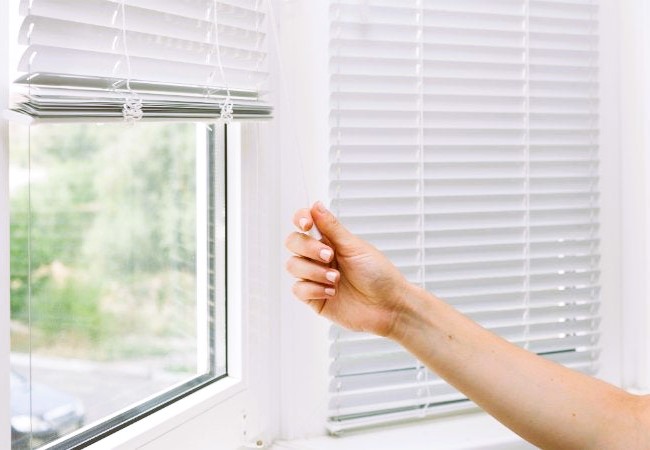Blinds are a popular and effective way to improve privacy, control sunlight, and enhance the appearance of plastic windows. Proper installation of blinds is essential for ensuring optimal performance and longevity. In this article, we’ll explore the main criteria for choosing blinds for plastic windows and provide tips on how to properly install blinds on plastic windows.
- Choose the Right Type of Blinds
The first step in choosing blinds for plastic windows is to select the right type of blinds. There are several types of blinds to choose from, including vertical blinds, horizontal blinds, roller blinds, and Roman blinds. The type of blinds that are best for plastic windows will depend on the specific requirements of the homeowner, including the desired level of privacy, light control, and style.
- Measure the Window Opening
Before installing blinds on plastic windows, it’s important to measure the window opening accurately. This includes measuring the width, height, and depth of the opening, and taking into account any irregularities in the shape of the window. It’s also important to consider the placement of the blinds within the window frame, as well as the clearance required for the blinds to operate properly.

- Determine the Mounting Location
Once the window opening has been measured, the next step is to determine the mounting location for the blinds. Liked the article? Read more about window treatments. The mounting location will depend on the type of blinds being installed, as well as the desired level of privacy and light control. For example, vertical blinds may be mounted inside or outside the window frame, while roller blinds may be mounted inside the frame or on the wall above the window.
- Install Mounting Brackets
After determining the mounting location, the next step is to install the mounting brackets for the blinds. Mounting brackets should be installed securely and level, and should be positioned to ensure proper clearance for the blinds to operate smoothly. It’s important to follow the manufacturer’s instructions for installing the brackets, and to use the appropriate hardware for the type of window and blinds being installed.
- Install the Blinds
Once the mounting brackets are installed, the next step is to install the blinds themselves. This may involve threading the blinds through the mounting brackets, attaching the blinds to the brackets, or simply snapping the blinds into place. It’s important to follow the manufacturer’s instructions for installing the blinds, and to take care not to damage the blinds or the window frame during the installation process.
- Test and Adjust the Blinds

After the blinds are installed, it’s important to test and adjust them to ensure optimal performance. This may involve adjusting the tension of the blinds, ensuring that they open and close smoothly, and checking for any signs of wear or damage. Homeowners should also consider adding accessories such as cord safety devices to ensure the safety of children and pets.
In conclusion, proper installation of blinds on plastic windows is essential for ensuring optimal performance and longevity. By following the main criteria for choosing blinds and adhering to proper installation rules, homeowners can enhance the appearance of their windows, improve privacy and light control, and create a more comfortable and inviting indoor environment. Working with a reputable contractor or window specialist can also provide valuable advice and guidance on choosing and installing the best blinds for plastic windows. With proper installation and maintenance, blinds can provide long-lasting benefits for plastic windows and enhance the overall value and appeal of the home.

